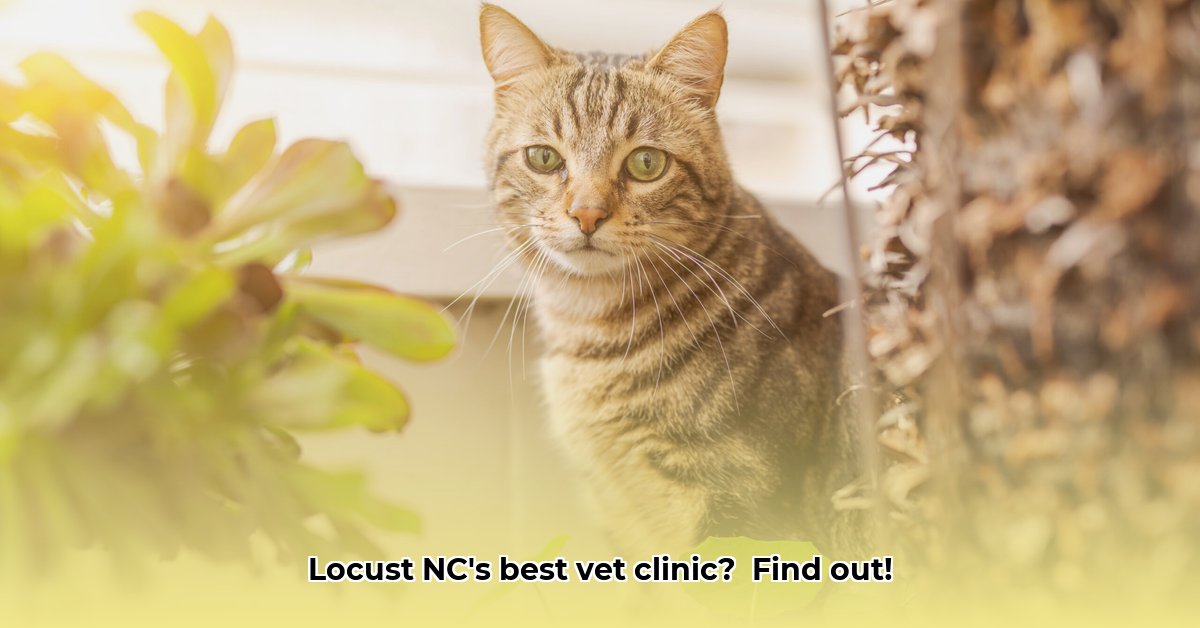
Introduction: A Tale of Two Veterinary Clinics
This comparative case study analyzes Locust Animal Clinic (LAC) and West Stanly Animal Clinic (WSA), two veterinary practices serving the same general area in North Carolina. By examining their operational models, service offerings, and apparent client experiences, we aim to identify key differences and highlight actionable insights for veterinary clinic owners, managers, and veterinarians. The analysis focuses on publicly available information from each clinic's website (as of February 19, 2025). For additional examples of veterinary clinic websites, see this example.
Methodology: Data Sources and Approach
Our comparative analysis relies solely on publicly available information from the official websites of Locust Animal Clinic and West Stanly Animal Clinic. We examined service descriptions, pricing information (where available), and overall messaging to assess the clinics' target audiences and business strategies. This analysis is limited to the publicly shared information and does not reflect internal operational data or direct client experiences.
Comparative Analysis: Contrasting Approaches to Veterinary Care
Service Offerings and Pricing Strategies
LAC emphasizes affordability, prominently featuring low-cost services such as rabies vaccinations. This suggests a focus on budget-conscious pet owners. Conversely, WSA highlights the comprehensive and personalized nature of its services, without explicitly detailing pricing. This implies a target audience willing to pay a premium for a potentially more extensive and tailored experience. This difference in marketing reflects distinct business models and target client demographics. Do these pricing strategies reflect differences in revenue models, or merely a different approach to marketing?
Client Capacity and Experience: Managing Demand
LAC’s website suggests consistently high demand, potentially leading to longer wait times for appointments or walk-in visits. While WSA also offers walk-in service, no similar indication of high capacity issues is publicly presented. This divergence in perceived patient volume significantly impacts both client experience and operational efficiency. High demand, while seemingly positive, may negatively impact client satisfaction if not managed effectively.
Actionable Insights: Recommendations for Enhanced Success
Based on our analysis, we offer the following recommendations categorized by stakeholder:
Actionable Intelligence for Clinic Owners and Managers:
Short-Term (0-1 year): Conduct a thorough assessment of current patient volume to inform pricing strategies, staffing decisions, and capacity planning. Implement or improve appointment scheduling systems to reduce wait times and optimize patient flow.
Long-Term (3-5 years): Invest in a robust client relationship management (CRM) system to enhance client communication, track patient history, and improve overall efficiency. Consider expansion—either in physical space or staff—to accommodate increased demand or offer additional services. Explore diversifying service offerings to broaden client appeal and increase revenue streams.
Actionable Intelligence for Veterinarians:
Short-Term (0-1 year): Streamline workflows to enhance efficiency and reduce wait times. Prioritize preventative care to foster long-term client relationships and improve overall patient health outcomes. Actively solicit and address client feedback to identify areas for improvement.
Long-Term (3-5 years): Engage in continuous professional development to stay abreast of industry advancements. Consider specializing in a niche area to attract a targeted client base. Utilize data-driven decision making to optimize resource allocation and improve operational efficiency.
Actionable Intelligence for Clients:
Short-Term (0-1 year): Manage expectations regarding potential wait times at LAC. Inquire about cost estimates upfront at WSA. Provide constructive feedback to both clinics to help them improve their services.
Long-Term (3-5 years): Prioritize preventative care for their pets to improve long-term health. Communicate openly with clinic staff to enhance the client-veterinarian relationship. Share experiences—both positive and negative—to contribute to ongoing improvement.
Conclusion: Navigating the Landscape of Veterinary Care
This comparative study reveals distinct approaches to veterinary care at LAC and WSA. LAC prioritizes affordability and readily available service, while WSA emphasizes comprehensive, personalized care. Neither model is inherently superior; the optimal choice depends entirely on individual client needs and priorities. Further research, including quantitative data on wait times, cost comparisons, and client satisfaction surveys, is needed to provide a more complete and nuanced understanding of these clinics’ operational models and their impact on client experience. This case study serves as a foundational analysis, offering actionable insights for both clinics and the wider veterinary industry.